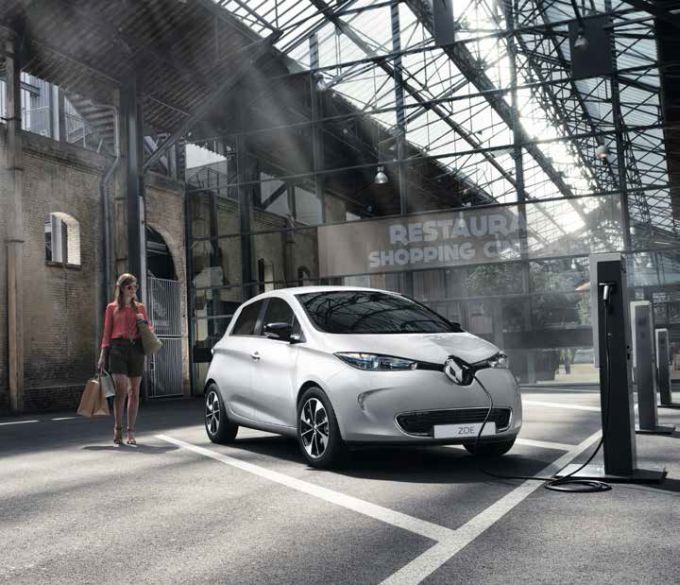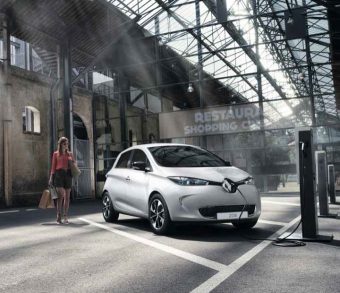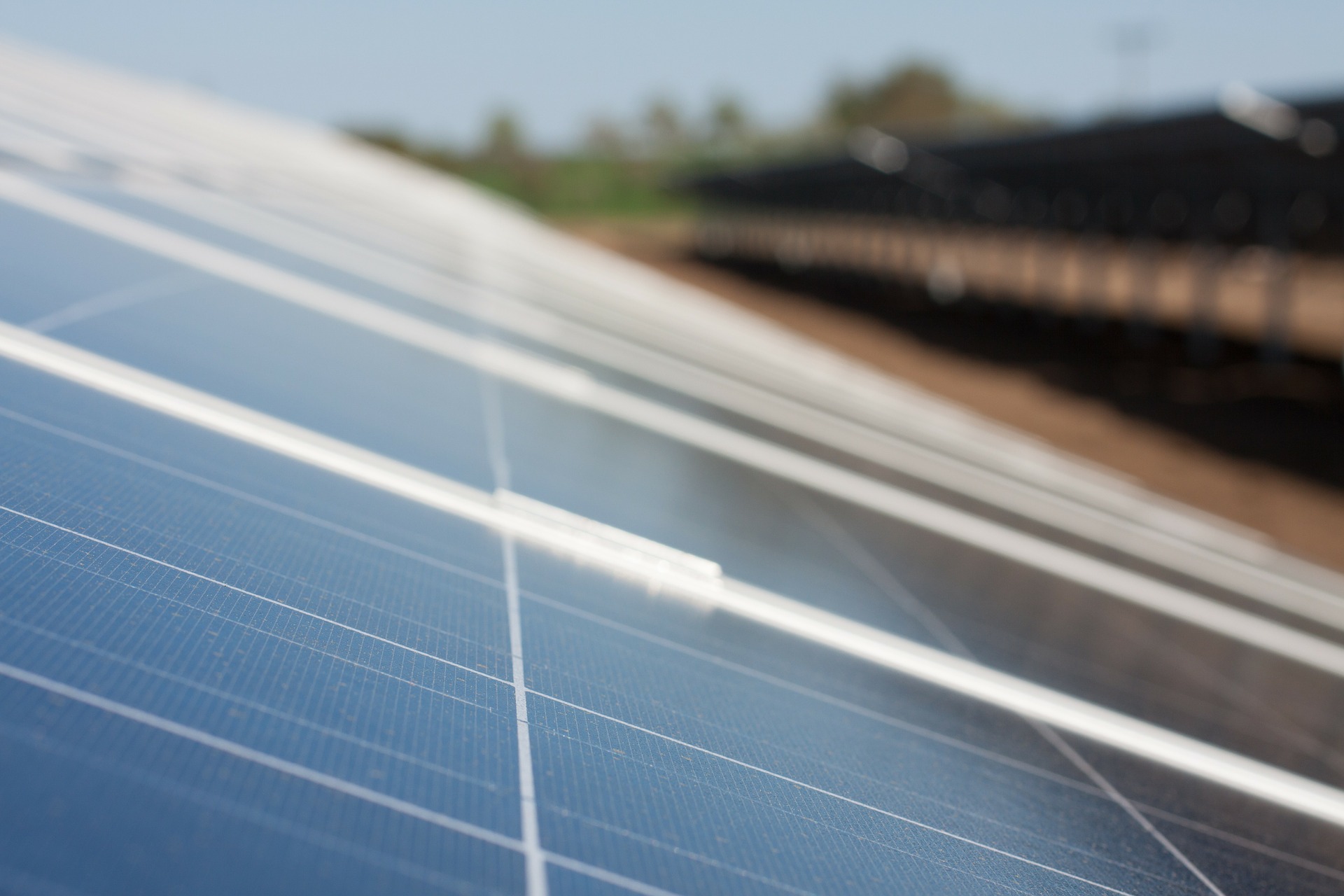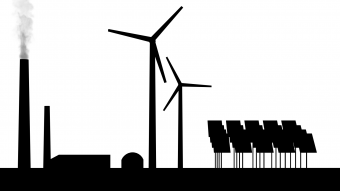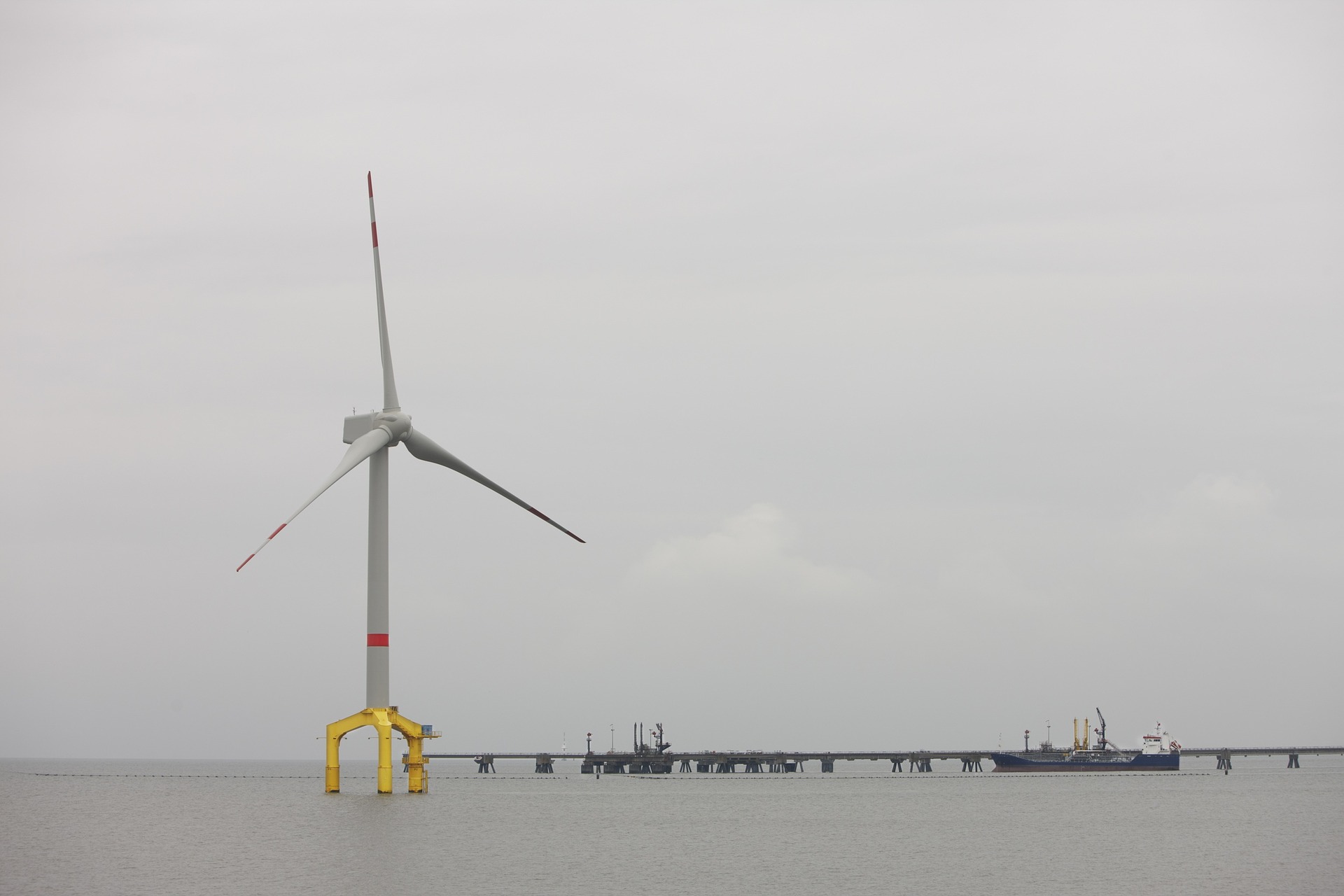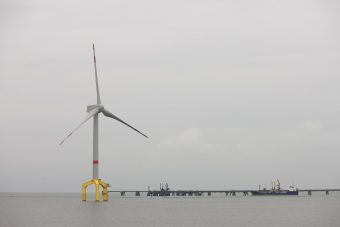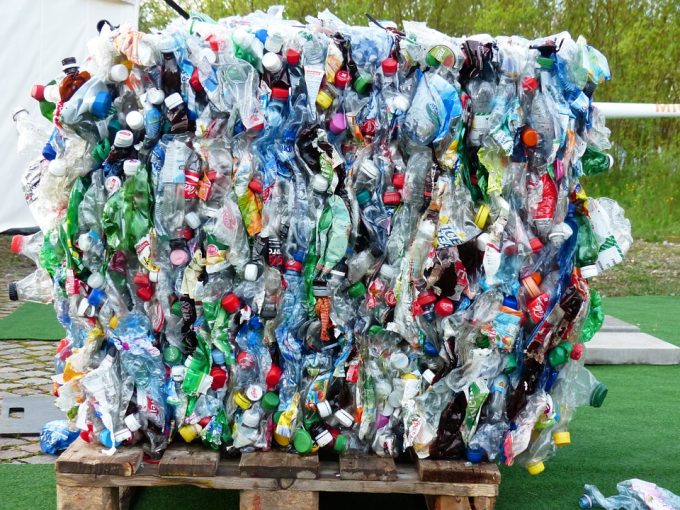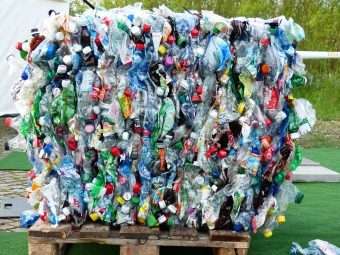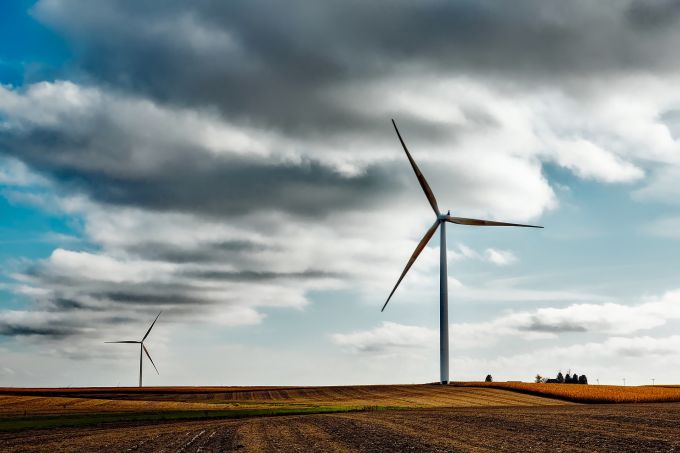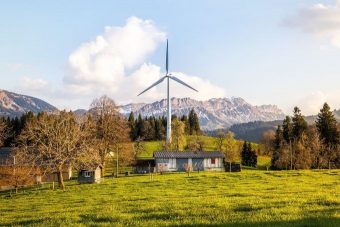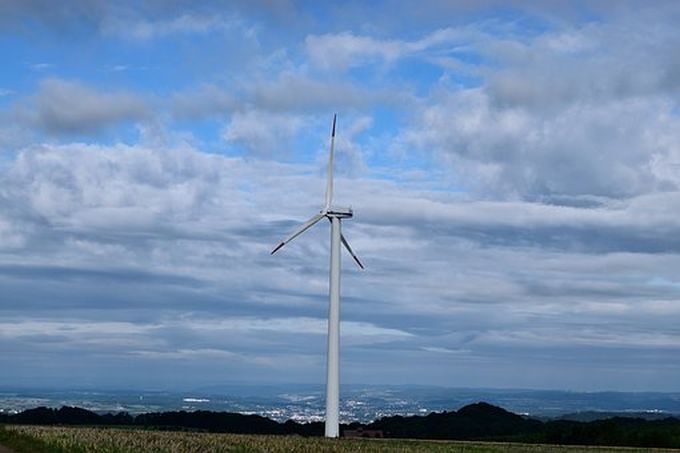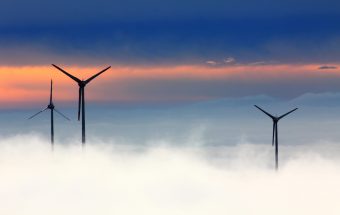
Carbon dioxide emissions from energy have not increased for three years in a row even as the global economy grew, the International Energy Agency (IEA) said.
Global emissions from the energy sector were 32.1bn tonnes in 2016, the same as the previous two years, while the economy grew 3.1%, the organisation said.
The IEA put the halt in growth down to growing renewable power generation, switches from coal to natural gas and improvements in energy efficiency but said it is too soon to say that global emissions have peaked.
The biggest drop was seen in the US, where carbon dioxide emissions fell 3%, while the economy grew 1.6%, following a surge in shale gas supplies and more renewable power that displaced coal.
US emissions are at their lowest level since 1992, while the economy has grown 80% since that time.
Carbon dioxide output also declined in China, by 1%, and were stable in Europe, offsetting increases in most of the rest of the world, the IEA said.
Dr Fatih Birol, the IEA’s executive director, said: “These three years of flat emissions in a growing global economy signal an emerging trend and that is certainly a cause for optimism, even if it is too soon to say that global emissions have definitely peaked.
“They are also a sign that market dynamics and technological improvements matter. This is especially true in the United States, where abundant shale gas supplies have become a cheap power source.”
In China, coal demand declined as renewables, nuclear and natural gas increased in the power sector.
There was also a switch from coal to gas in industry and buildings driven by government policies to tackle air pollution.
Emissions in the EU were largely stable as gas demand grew 8% and coal fell by 10%.
The UK saw a significant coal-to-gas switch in the power sector in the face of cheaper gas and a carbon price floor which makes polluting coal a more expensive source of energy, the IEA said.
The pause in emissions growth was welcomed by the IEA, but it warned it was not enough to meet globally-agreed targets to limit temperature rises to below 2C above pre-industrial levels – considered to be the threshold for dangerous climate change.
Source: theguardian.com












